
Everything about ULDs
On this page you'll find all you need to know about ULDs also known as Unit Load Devices. Like what a ULD is, how you can identify a ULD and what ULD will fit best in each aircraft to maximize the aircraft's cargo space. We even added a ULD-dictionary.
Table of Contents
There is a ton of information on this page. To help you find your way quickly, you can click one of these subjects to go there immediatly.
What is a ULD?
A Unit Load Device (ULD) is used to transport cargo by aeroplane. This process is also known as ULD air freight. ULDs can convey any type of cargo, from passenger suitcases and perishable goods to horses and Formula 1 cars. ULDs are divided into two main categories: aircraft containers and aircraft pallet/net combinations.
ULDs are crucial in transporting air cargo safely, quickly and cost-effectively. They enable individual pieces of cargo, luggage or mail to be assembled into a single unit, which can then be loaded on and off an aircraft with speed.
To prevent the ULDs moving around during flight and potentially damaging the aircraft, the plane has loading and restraint systems. These interface directly with a ULD, effectively locking the ULD into place so it becomes part of the aircraft.
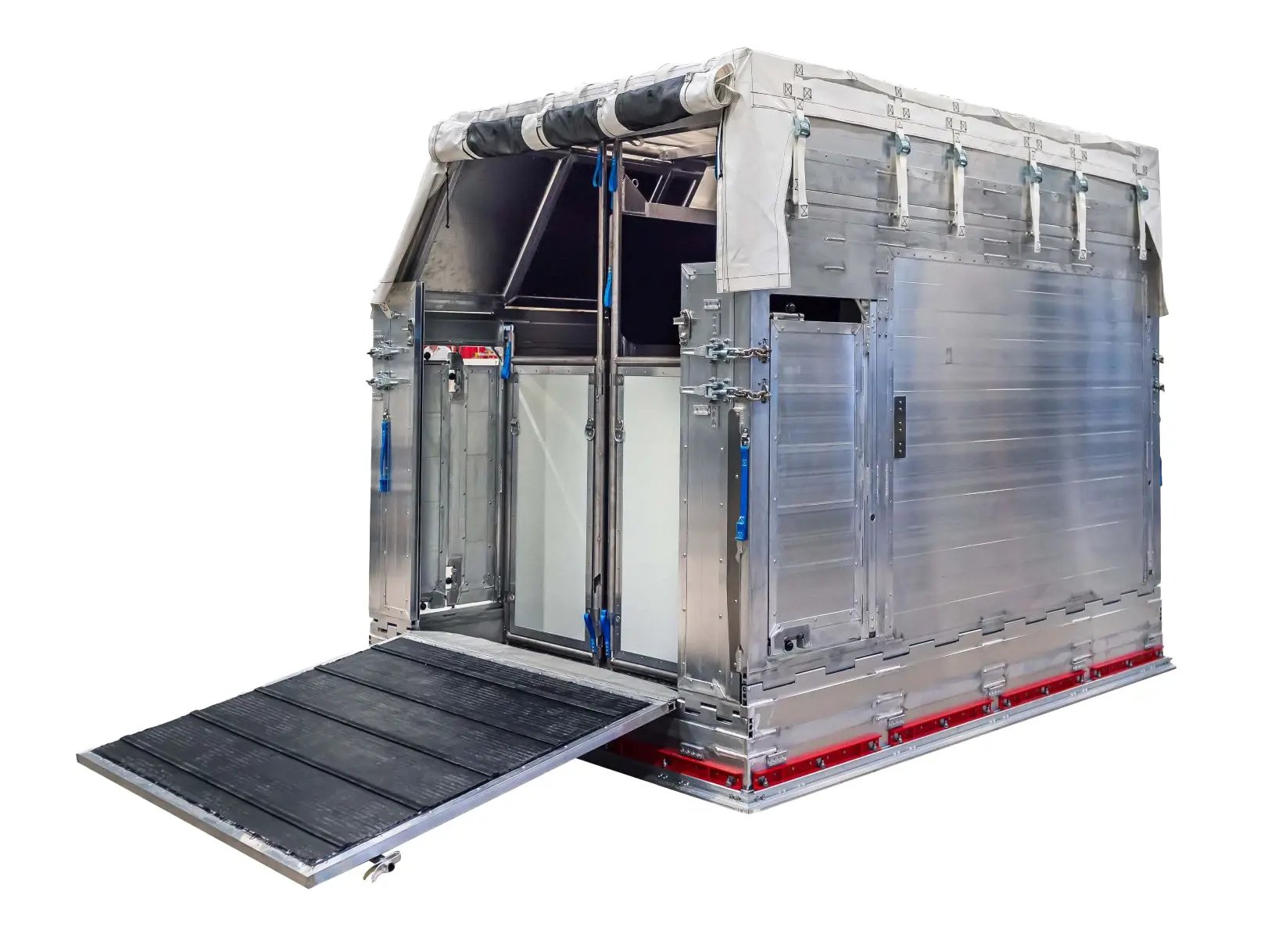
The benefits of ULDs
The most important purpose of a ULD is to secure cargo during flight. The safety of the plane and its passengers comes first every time. But ULDs also:
- Eliminate the need for manual loading and unloading
- Protect cargo contents so that goods arrived undamaged
- Maximise the use of the aircraft’s cargo space
- Allow the fast, easy transfer of cargo between planes
The global introduction of standardised containers has improved cargo handling enormously, lowering operational costs. That, in turn, helps lower freight charges and boosts trade flows.
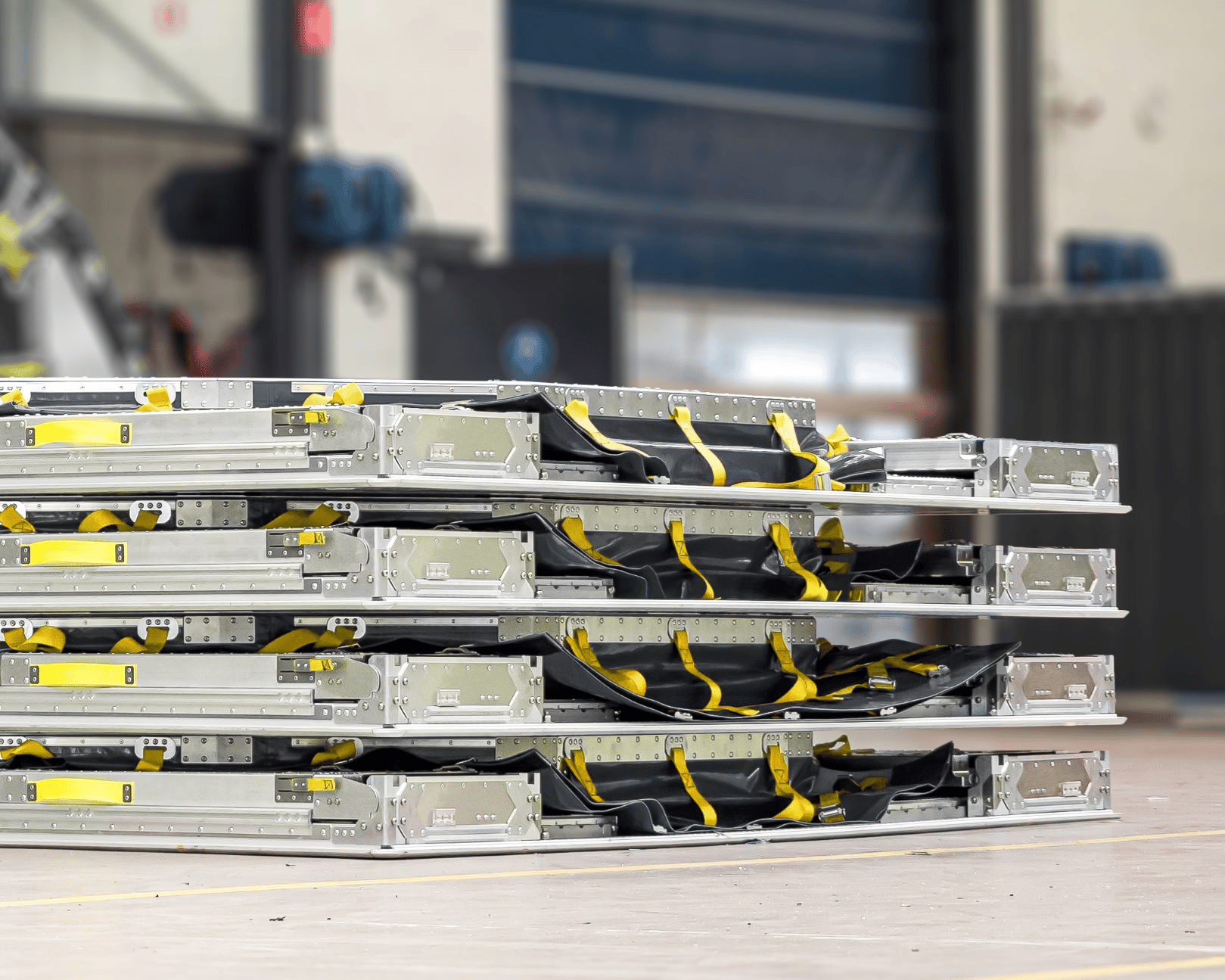
The difference between a container and a pallet
Both pallets and containers allow a large quantity of cargo to be bundled into a single unit, which can be used on wide-body aircraft and certain narrow-body aircraft.
Cargo on pallets are secured by a net, which is attached to the pallet’s rim. Containers, also known as cans and pods, are typically lightweight structures comprising a base, a frame with side and roof panels, and a fabric or solid door. There are many different types of containers. Some are collapsible, some are insulated, others are ventilated or refrigerated and so on.
- Makes loading onto and unloading off an aircraft easier
- Gives better protection against all kinds of weather
- Gives better protection against damage to the cargo
- Gives better protection against damage to the aircraft by the cargo
- Prevents unauthorised access to the cargo
- Accepts cargo that is difficult to fit into containers (e.g. oversized cargo)
- Accepts some ‘Special Load’ cargo that can only be loaded on pallets
- Stackable: efficient and easy to store and return
Checklist for buying reliable and sustainable ULDs
There are many things to take into consideration when buying ULDs. Next to the safety and security of your consignment there are two other elements that are fast becoming an urgent priority in the air cargo world: Sustainability and reliability. With this free checklist we'll help you set your priorities and take the right things into consideration.
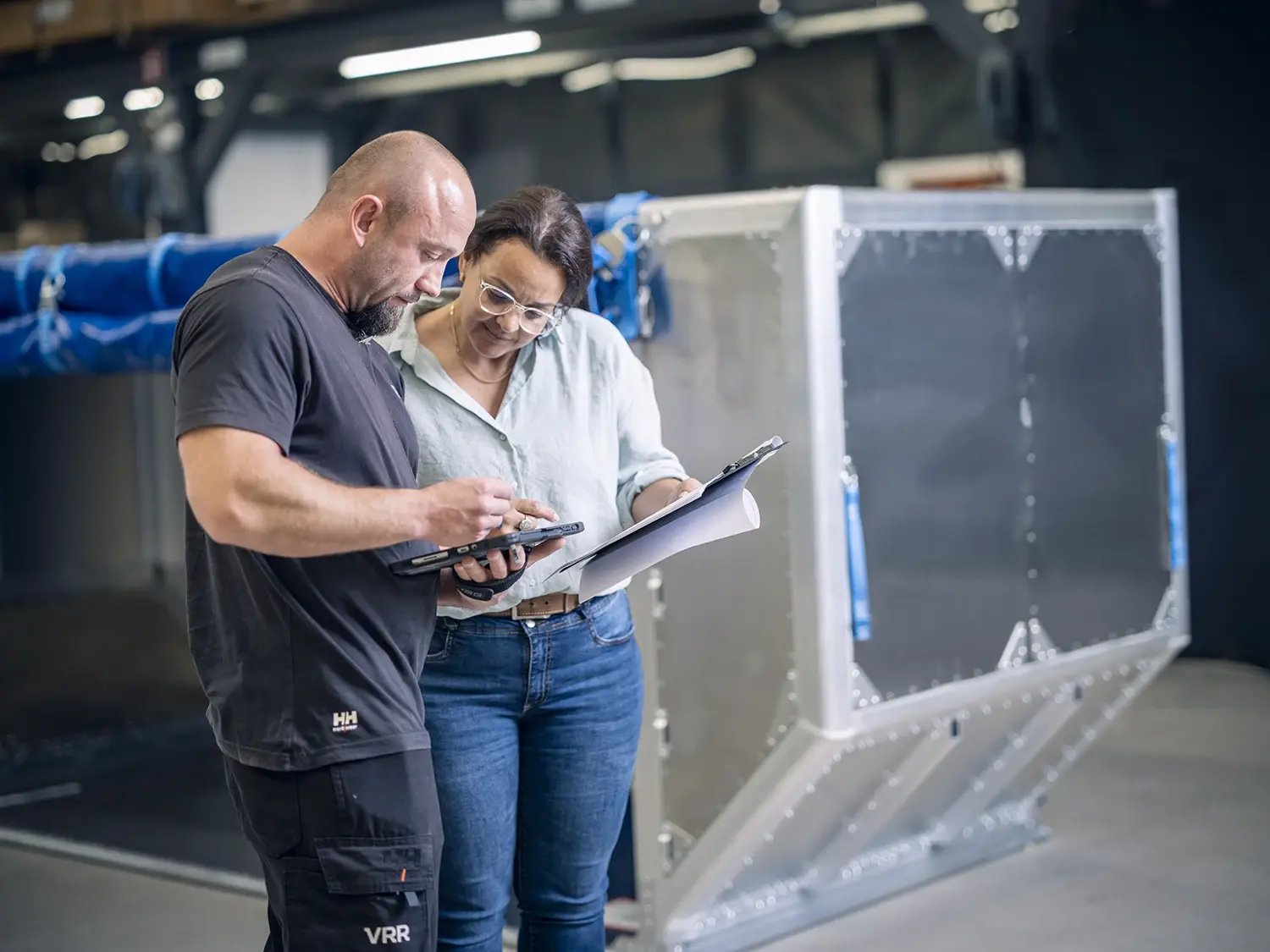
Certified ULDs
Some people think a ULD—whether it’s an aircraft container or pallet and net combination —is just a way to transport and protect cargo. Of course that is their purpose, but did you know they’re also an essential part of flight safety? A ULD can only be loaded into an aircraft after its airworthiness has been proven.
Certification by EASA or FAA proves the airworthiness of a ULD. It must meet the industry's highest standards, so it can be placed in the cargo loading system.
All our standard ULD's are certified and can be accepted for use by airlines without extra approval.
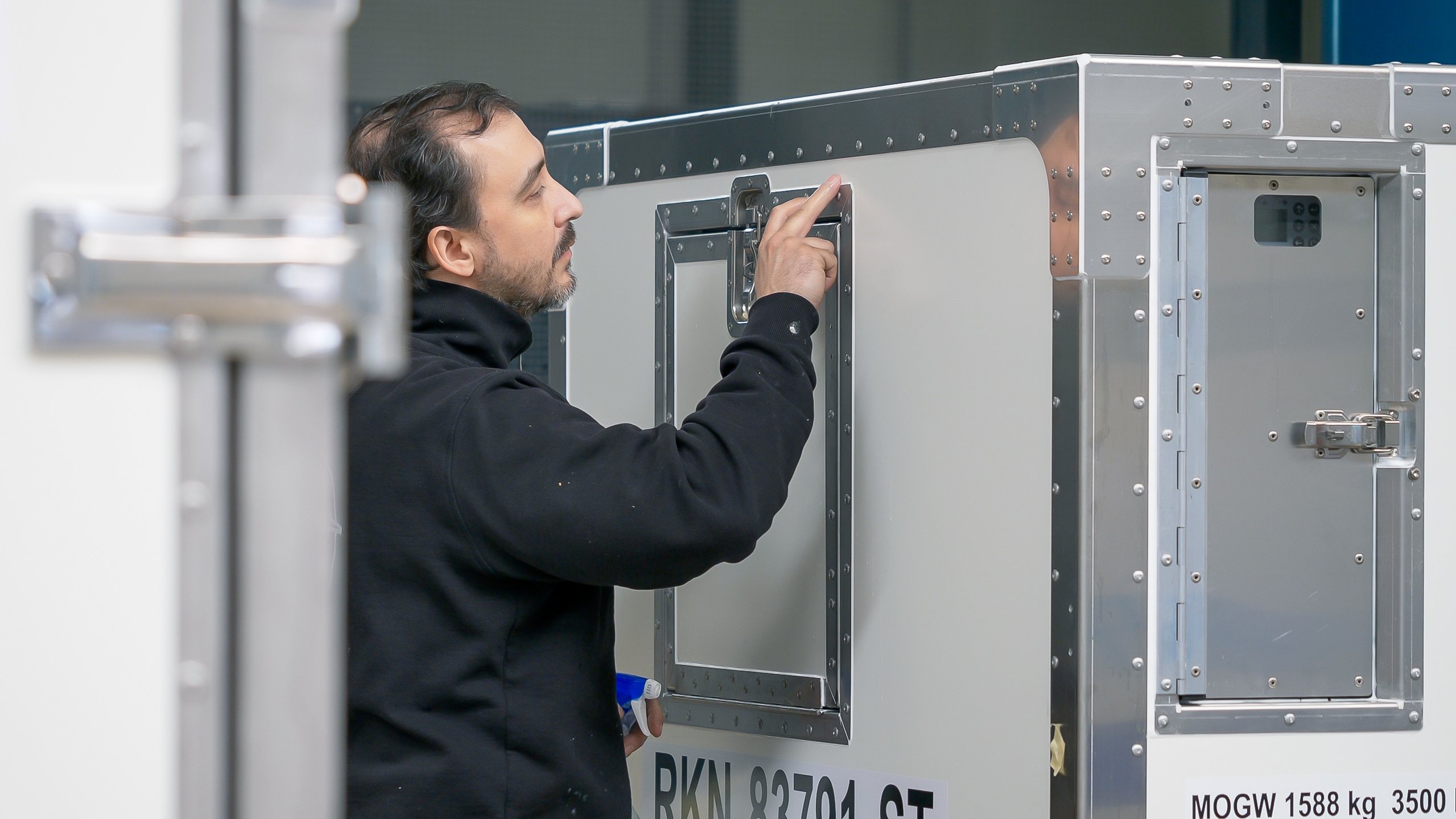
Handy tools and info
Just to help you along in finding your way in the world of ULDs.
by it's code
VRR has developed a compatibility tool to help you combine the right ULD and aircraft.
Conversion table: ATA codes / IATA ULD codes Designation
Each Aircraft Unit Load Device (ULD) is identified by its ULD code. This code is a unique combination of letters and numbers. The ATA codes such as LD2, LD3, LD9, M1 etc. were developed under ATA many years back, while the codes such as AKE (LD3), AAP, AMA, RKN, VGA are part of the IATA ULD codes identification system. In general the use of IATA Identification system codes is preferable.
ATA: Air Transport Association of America
IATA: International Air Travel Association
A1 ➝ xAA
A1H ➝ xAD
LD1 ➝ xMC
LD2 ➝ xPE
LD3 ➝ xKE / xKN
LD3-45 ➝ xKG
LD3-45W ➝ xKH
LD4 ➝ xQP
LD5 ➝ xLP
LD6 ➝ xLF
LD7 ➝ xAK
LD8 ➝ xQF
LD9 ➝ xAP
LD10 ➝ xLK
LD26 ➝ xAF
LD29 ➝ xAU
LD36 ➝ xMF
LD39 ➝ xMU
M1 ➝ xMA
M1H ➝ xMD
M2 ➝ xGA
Note: the 'x' stands for the type code of the IATA ID-Code and could for instance be an 'A' for container, a 'P' for pallet or an 'R' for cool container.
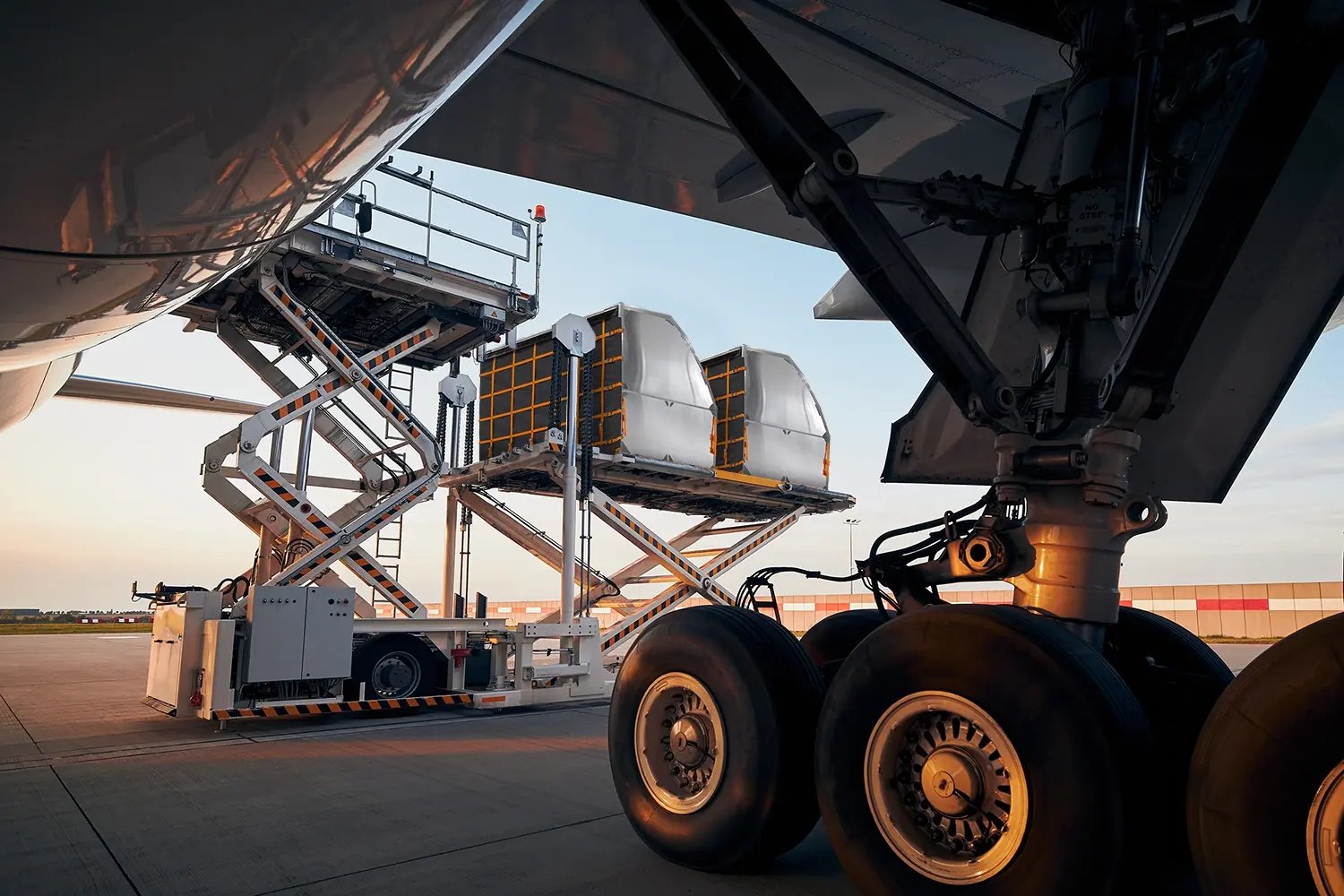
Ready to make a choice?
Now that you are well-informed, come and meet our General Cargo Containers. The shapes and sizes may be standardised; the build is definitely not. Each certified ULD is designed with operational efficiency and aircraft compatibility in mind, offering you quick and easy loading access, maximum internal cargo volume, effective cargo protection and excellent durability.
FAQ & Terminology
Any questions about ULDs, not already answered on this page, we'll answer below. Also we've added a lot of terminology that might need some explaining.
A Unit Load Device (ULD) is a device for grouping, transferring and restraining cargo for transit. It may consist of a pallet with a net or it may be a container.
They are used to transport cargo by aeroplane. This process is also known as ULD air freight. ULDs can convey any type of cargo, from passenger suitcases and perishable goods to horses and Formula-1 cars.
NOTE – The purpose of the unit is to enable individual pieces of cargo to be assembled into a standard-sized unit to facilitate rapid loading and unloading of aircraft having compatible handling and restraint systems which interface directly with the unit.
ULDs are divided into two main categories: aircraft containers and aircraft pallet/net combinations.
Completely enclosed unit load device which interfaces directly with the aircraft cargo handling and restraint system and alone performs all the functions of a unit load device.
Aircraft Pallet Net
Webbing or rope net used for restraining load onto an aircraft pallet.
.png)